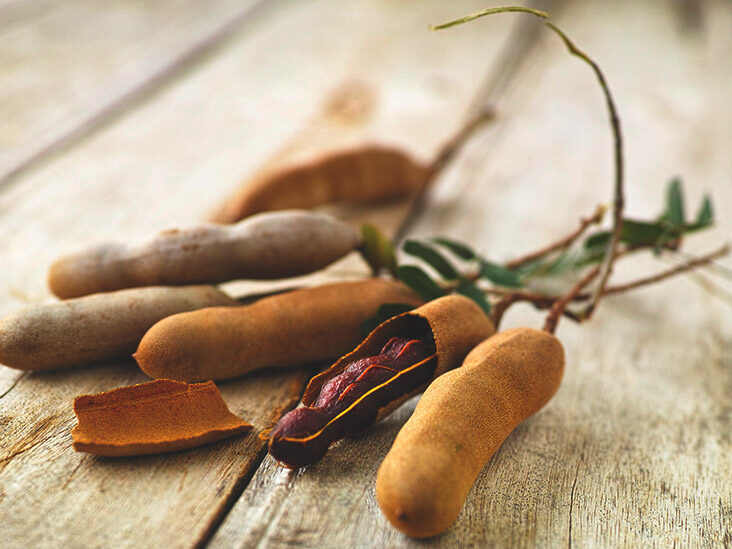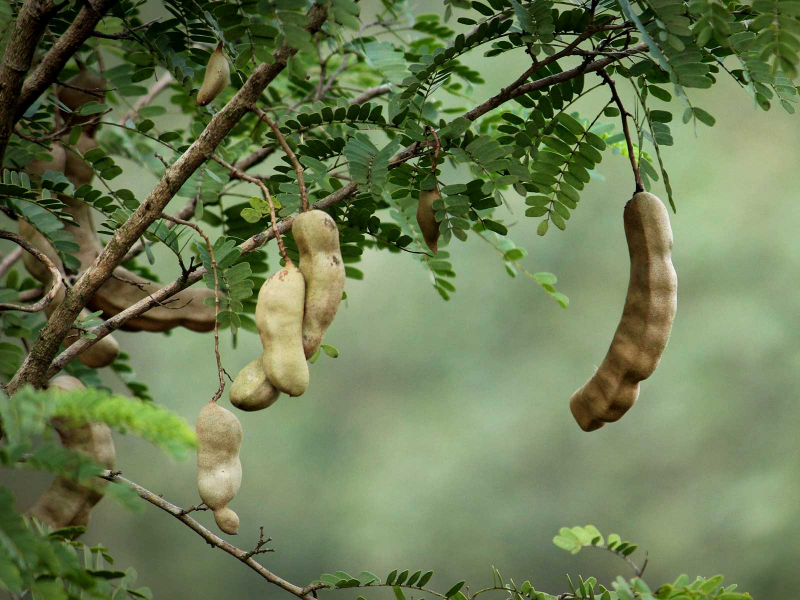Tamarind

Tamarind (Tamarindus indica) is a leguminous tree bearing edible fruit that is probably indigenous to tropical Africa. The genus Tamarindus is monotypic, meaning that it contains only this species. It belongs to the family Fabaceae. Throughout South Asia and the tropical world, tamarind trees are used as an ornamental, garden, and cash crop plantings. Commonly used as a bonsai species in many Asian countries, it is also grown as an indoor bonsai in temperate parts of the world.
The brown, pod-like fruits that the tamarind tree produces are utilized in foods all around the world because of their sweet, acidic pulp. Additionally, the pulp is utilized as metal polish and in conventional medicine. Tamarind seed oil can be extracted from the seeds of the tree and used in woodworking. The fruit is best described as sweet and sour in taste and is high in tartaric acid, sugar, B vitamins, and, unusually for a fruit, calcium. In Cuba, this fruit is common at the Havana beaches, and you should try the dessert recipe with tamarind jammy balls tossed in sugar.











